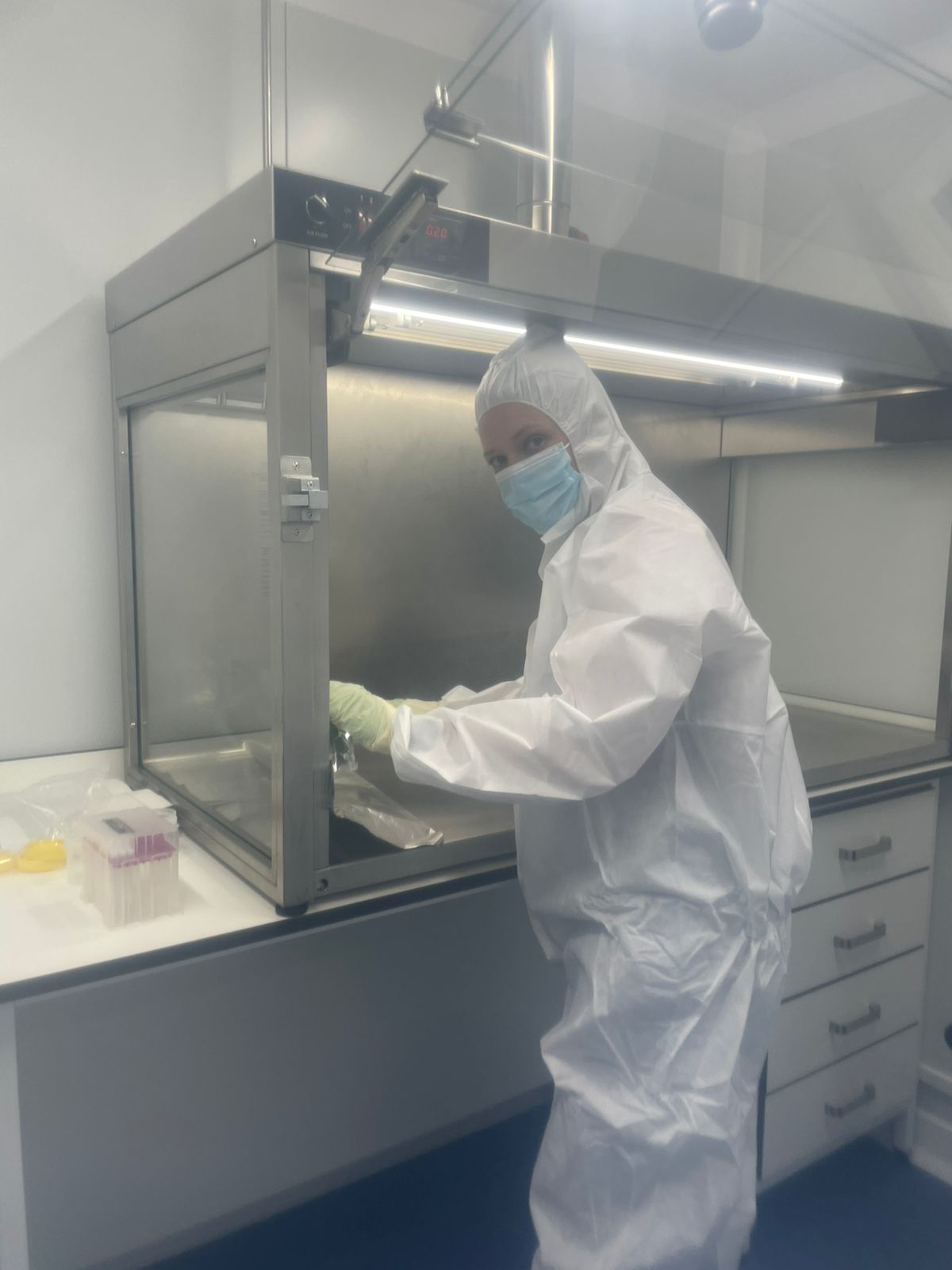POSIDONArXiV
POSIDONArXiV
Project overview
POSIDONIArXiv is a HORIZON MSCA European Union funded project that combines multiple disciplines to reconstruct ecosystem processes, dynamics and change through time in Posidonia oceanica meadows in Spain. P. oceanica is an iconic seagrass in the Mediterranean Basin, forming extensive meadows and dense mats which work to stabilise sediments and form a millenary sedimentary archive while providing habitat for an abundance of marine life. P. oceanica meadows contribute to global change mitigation and adaptation by sequestering pollutants including CO2, and reducing coastal erosion, while enhancing biodiversity by providing habitat and breeding areas for marine life including commercial species. However, seagrasses in general and P. oceanica in particular, are in decline due to anthropogenic disturbances such as climate change, pollution and land-use change. These meadows sustain the livelihoods of coastal populations and are located in coastal areas throughout the Mediterranean. In particular, P. oceanica inhabits sheltered embayments that also constitute key areas of settlement by ancient civilisations until present. POSIDONIArXiv combines environmental DNA, biogeochemical analysis and ecological network analysis to understand the historical changes in P.oceanica meadows. Firstly, sediment cores will collected at sites of high and low anthropogenic disturbance and biogeochemical analysis will be conducted to determine key periods of human or natural disturbance. This will inform sampling and eDNA analysis to reconstructed historical changes in biodiversity at these sites. Furthermore, the eDNA data will be used for ecological network analysis over millennia timescales to understand biodiversity change and identify mechanisms of resilience in this environment. Overall, POSIDONIArXiv will strengthen management and restoration targets for P.oceanica environments and contribute key knowledge to historical reconstructions of whole ecosystems.Field work, October 2024
Field work kicked off for POSIDONIArXiv at the end of October 2024. Working with the team atInitial lab work
Once we were safely back to the lab, the real work began! We cut all the cores in half lengthwise and subsampled one hemi core for eDNA, pollen and radiocarbon, the other core was set aside for XRF scanning and will then be subsampled for carbon and nitrogen isotopes, organic and inorganic carbon, and lead-210 for dating the early sections of the core. The cores were sliced and subsampled for eDNA in the ancient DNA facilities at The Centre for Advanced Studies in Blanes (CEAB-CSIC). The best part is the cool outfit that you get to wear...
As of December 2024, all of the surface sediment samples have been extracted for eDNA and have been sent for metabarcoding and sequencing, starting with the 18S eukaryotic region. We are awaiting both the results of this, the XRF scanning of the sediment cores and the radiocarbon dating before proceeding with the sediment core eDNA analysis. In this way we can be sure the metabarcoding process is working, ensure we have good sediment core chronology and we can then select eDNA samples around regions of interest i.e. environment events that we will detect through the XRF scanning. This shows us key elemental changes through the sediment core profile. See the following paper from my PhD research which demonstrates how we can use data from XRF.
We are excited for the next few months of generating data for the POSIDONIArXiv project,
stay tuned for further updates.
